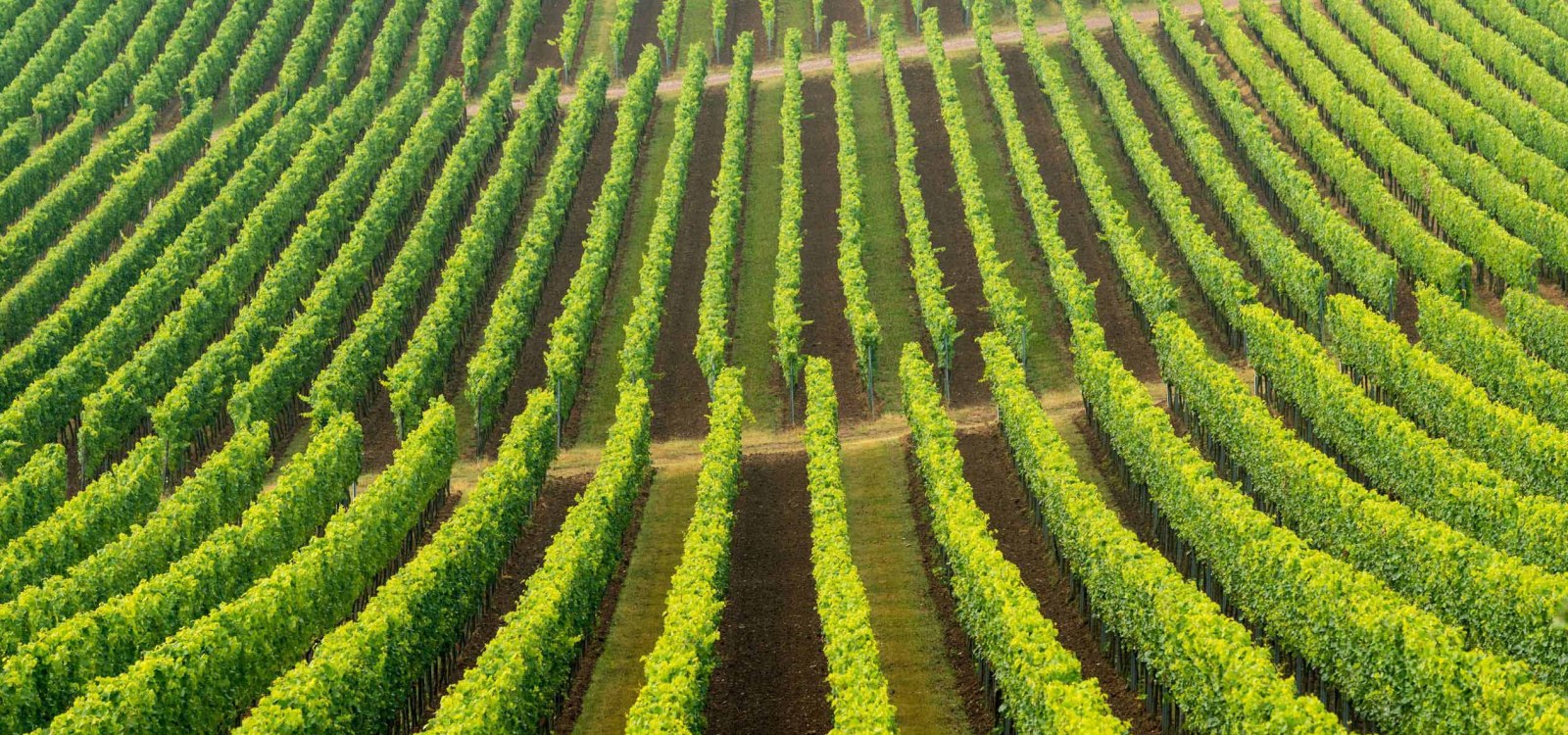Osthofener Kirchberg
The location was mentioned in 1325 with the name "at the kyrchberge" and 1362 "at the kirisberge". Based on the historical evidence, both the interpretation of "mountain belonging to the church estate" and "mountain with cherry trees" is possible.

















